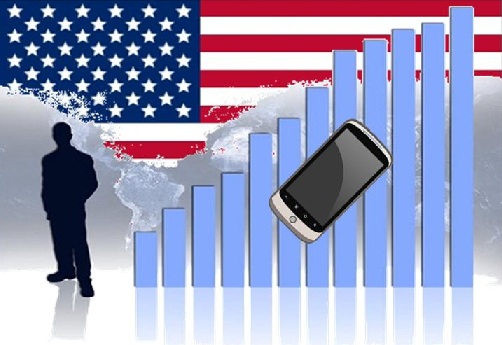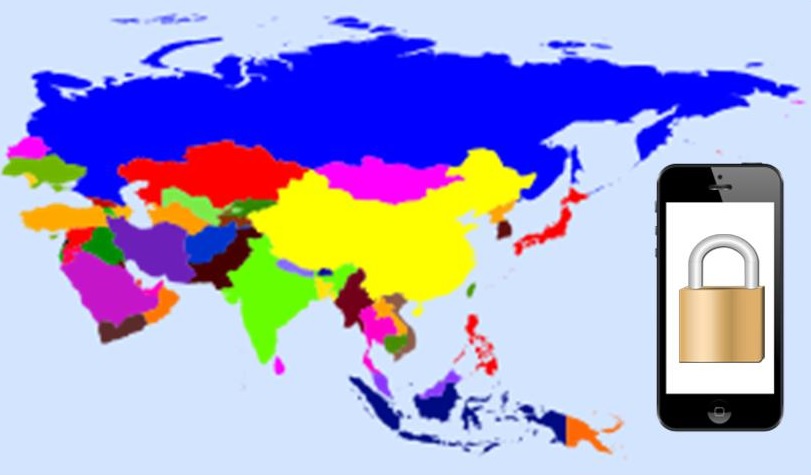Visitors to American websites are from tablets and smartphones almost half the time.
According to the report that was just published by comScore, 48 percent of the time that is spent at American retail websites comes from mobile commerce traffic originating on tablets and smartphones.
This figure identically reflects the American internet usage share from those devices, at 48 percent.
This is not the first research to makes this type of discovery. An additional recent study, conducted by Monetate, had discovered that mobile commerce made up 21 percent of all worldwide online shopping traffic. It indicated that American consumers are ahead of the curve in terms of focusing this activity through tablets and smartphones.
Another recent report has helped to identify the various reasons that mobile commerce is taking off.
 That was conducted by BI Intelligence. They took a deeper look into the numbers that support this considerable growth. They also looked into specifically at areas of mobile commerce that are contributing to the growth, such as smartphone friendly coupons and catalogs.
That was conducted by BI Intelligence. They took a deeper look into the numbers that support this considerable growth. They also looked into specifically at areas of mobile commerce that are contributing to the growth, such as smartphone friendly coupons and catalogs.
Though tablet has a strong reputation as being one of the most important devices for mobile commerce, this research didn’t indicate that the contribution from that device was any greater than its ownership level. In fact, if anything, considering that there are 80 million tablet owners in the United States, this research suggested that the contribution was actually less than its availability.
That discovery from BI Intelligence supports what comScore has discovered, suggesting that when all is said and done, it is smartphone shoppers who are spending a larger amount of money over the span of a quarter than those who are hitting the mobile commerce websites using their tablets.
Even though there has been a massive influx of shoppers using mobile commerce, it is still desktop users who will be spending the most, according to this research. It remains the consumers using their laptops and desktop computers who will drop the most money while shopping online. In fact, during the first quarter of the year, they spent an average of $274 each, where the tablet shoppers spent an average of $91 and smartphone shoppers spent $139.

 According to Lookout, within the report, “As mobile marches on, the threat landscape continues to evolve. Like any entrepreneur, the bad guys go where the opportunity exists and focus on the business models that are most successful – and like many businesses, there are differences that can be seen at the country level based on economics of a given region.”
According to Lookout, within the report, “As mobile marches on, the threat landscape continues to evolve. Like any entrepreneur, the bad guys go where the opportunity exists and focus on the business models that are most successful – and like many businesses, there are differences that can be seen at the country level based on economics of a given region.”